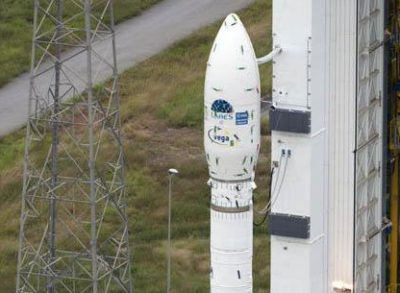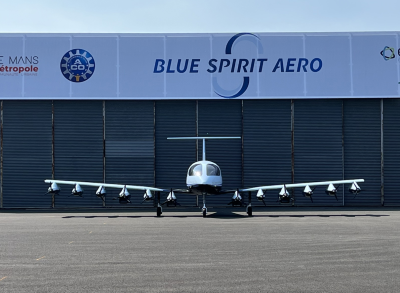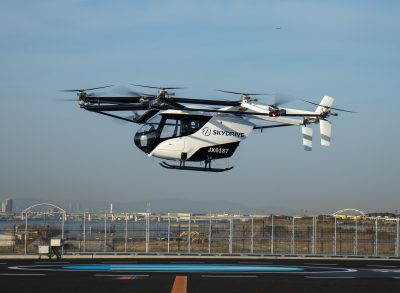Vega and Intermediate eXperimental Vehicle: dual success for Thales
Last February, a Vega launcher injected Europe’s Intermediate eXperimental Vehicle demonstrator (IXV) into a suborbital atmospheric re-entry trajectory. The demonstrator was carrying 10 electrical systems designed and produced by Thales. For the IXV programme, Thales supplied nozzle actuators for the Vega launcher’s three engine stages as well as the drive motors and brakes for the two flight actuators of IXV.

Didier Renté, Head of electric actuator research and development, explains how Thales contributed to the success of this demonstration.
What exact role did Thales play in the IXV flight?
Vega is a light-lift launcher able to orbit payloads of one ton. For this programme, we worked with actuator supplier SABCA.
Thales designed the actuator drive motors for the thrust-vectoring nozzles that control the launcher’s trajectory during the launch phase, and the actuators for the flight surfaces (flaps) that control the IXV’s atmospheric re-entry trajectory. Thales also supplied the brake systems.
What were the main challenges you faced?
Reliability was the crucial element given the required level of safety. We also had to adapt to climatic factors and to mechanical shocks sustained during the launch phase. We have to be sure that these pyrotechnic shocks don’t damage our systems. Aircraft systems don’t have to cope with those kinds of constraints.
What are the reasons behind Thales’s success in this field?
Thales has been working on space system motors for 20 years now, supplying nozzle actuation motors and small rotary actuators for a range of mechanisms.
This experience has given us the extra credibility we need with our customers. And as we principally supply aircraft systems, we have a different approach that means we’re competitive in this niche market.
What future prospects do you see?
We’re already preparing several bids, and the fact that actuators increasingly use electric systems rather than hydraulics is of course an opportunity for us.
Inertial systems contributed to mission success
The QUASAR 3000 inertial system was also installed on the Vega launcher and on the IXV module. Equipped with a three-axis gyrometer and three accelerometers, it provided suitable data for guidance and navigation control such as attitude and velocity.
“All avionics behaved flawlessly. Congratulations for this fantastic achievement and thanks a lot for all the constant technical support you provided during the last five years of IXV development,” commented Stephane Dussy, IXV and PRIDE Avionics Engineer ESA.
The Quasar 3000 is also on board the famous heavy-lift launcher Ariane 5, providing operational satisfaction with a record of 63 successful launches, partly thanks to the degree of accuracy and reliability of the inertial systems.
The IXV
The IXV (Intermediate eXperimental Vehicle), ESA's atmospheric re-entry demonstrator, was launched from the Guiana Space Center in Kourou, French Guiana, on Europe's light-lift launcher, Vega. The IXV mission is designed to lay the foundations for a future European space shuttle that could be used to repair orbital infrastructures and satellites, carry cargo, experimental equipment and even astronauts from and to Earth. Built by Thales Alenia Space as prime contractor, leading a consortium of 40 manufacturers and research centers in 10 European countries, IXV carried out its mission to perfection.
The next step is already in the making: shaping up the design of the Innovative Space Vehicle, under the Program for Robotic In-orbit Demonstation in Europe (PRIDE), where the additional features to the vehicle, among others, will be autonomous ground or grass landing capabilities and the demonstration of re-usability.
More information about Thales role as a prime contractor on this projet: here




